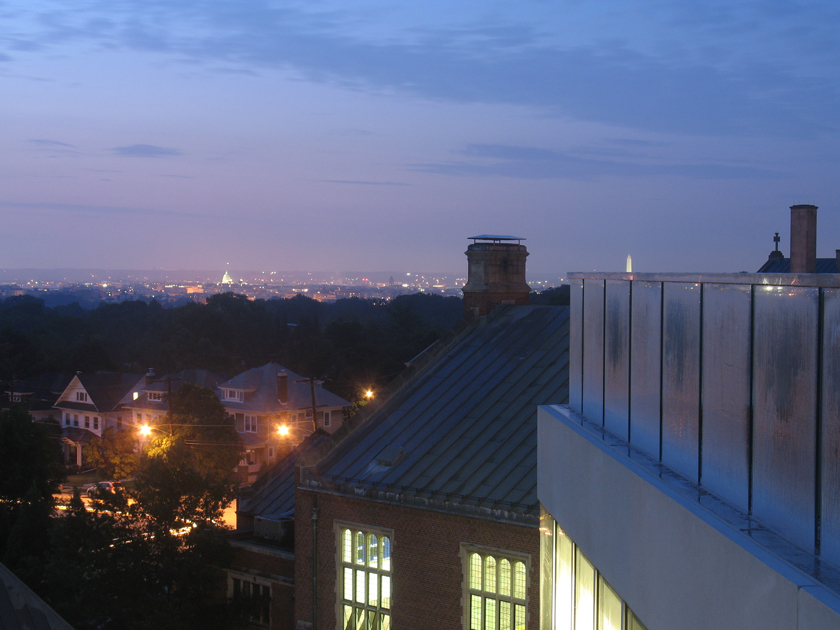There’s not going to be enough height under any proposal to have slender towers dotting the skyline. However, a slightly higher height limit, slightly higher being around 20 feet, could allow us to indent buildings without losing development density and that would add interest.
But maybe the best outcome would be higher floor to ceiling heights in the same number of floors that we have now; usually a maximum of 12. Washington has unusually low ceilings. Higher ceilings allow more natural daylight to penetrate deeper into the floors, which is good for everyone; providing a healthier environment and lower energy use.
Relaxing the height limit in DC as a means to better architecture is a bit of a trick question. I think that it increases the chances for better architecture than the current regulations do, but it does not guarantee it.

Robert Peck, Hon. AIA leads the Workplace Consulting division at Gensler‘s DC office.

